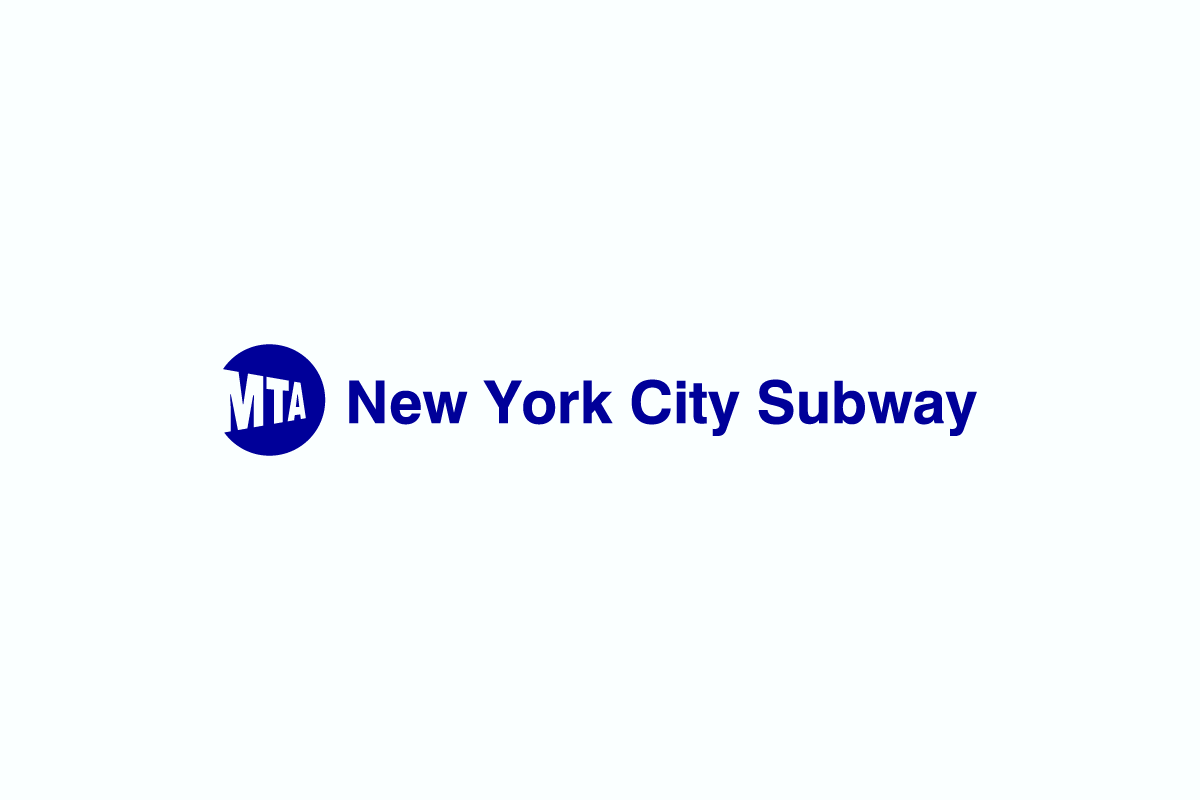The New York City subway system is not only an intricate web of tunnels and tracks but also a visual feast for typography enthusiasts. Its distinctive signs, maps, and logos have been guiding millions of commuters and tourists alike for decades. So, what exactly is the NYC subway font used?
The NYC Subway Font Used
The NYC Subway font used is Helvetica, an iconic and influential sans-serif typeface designed by Max Miedinger and Eduard Hoffmann in the 1950s. In fact, Helvetica is the official font of the Metropolitan Transportation Authority (MTA), the governing body responsible for the subway system.
You can easily obtain Helvetica for commercial use, but if you’re on the hunt for a free alternative, we’ve got you covered. The font we’ve provided in the download file serves as a worthy option for personal use.
Check also the London Underground.
A Brief History of the NYC Subway Font
When New York City’s subway system first emerged, its signs were a chaotic mix of various fonts and styles. This inconsistency made navigating the sprawling network a daunting task for riders.
In the early 1960s, the MTA took a decisive step towards standardization. They selected Helvetica, a Swiss sans-serif typeface celebrated for its clarity and legibility. Helvetica was a game-changer for the subway. Its simplicity and geometric letterforms ensured that information was easy to decipher even from a distance and in less-than-ideal lighting conditions. Moreover, its versatility allowed it to be used across a wide range of signs, from station maps to platform markers.
The transition to Helvetica commenced in 1967, and within a short span, it became the default font for the subway system. By the late 1970s, every subway sign proudly bore the Helvetica mark.
Why Helvetica for the NYC Subway?
The decision to adopt Helvetica as the subway’s official font was grounded in its remarkable qualities. Firstly, Helvetica boasts exceptional clarity and legibility, making it an ideal choice for a transportation system where quick comprehension of information is paramount. Its simple, well-defined letterforms ensure readability even from afar and in dimly lit stations.
Secondly, Helvetica’s versatility is a key asset. It effortlessly adapts to various sign formats, accommodating everything from intricate station maps to bold platform markers. It scales gracefully, maintaining its legibility whether in small text or large headings.
Lastly, Helvetica is timeless. It has stood the test of time since its creation in the 1950s and remains as popular as ever. This enduring appeal renders it the perfect choice for a subway system serving millions of people daily.
The NYC Subway Font Today
Helvetica continues to reign supreme as the standard font for the NYC subway system. It graces all subway signs, from station names to platform directions and even the train cars themselves.
In more recent years, the MTA has introduced a font called MTA Wayfinding. This font is a modified version of Helvetica, specifically tailored to enhance legibility and accessibility. While MTA Wayfinding has made appearances on some new subway signs, Helvetica remains the primary font throughout the system, continuing its legacy as the face of the NYC subway.
In Conclusion
The NYC subway font is a timeless classic, exemplifying clarity, versatility, and endurance. As millions of commuters rely on it every day, Helvetica plays a pivotal role in making the labyrinthine subway system navigable and accessible to all. So, the next time you step into a subway station in the Big Apple, take a moment to appreciate the enduring elegance of the NYC subway font, Helvetica. It’s a symbol of New York City’s commitment to functionality and style, all rolled into one iconic typeface.
